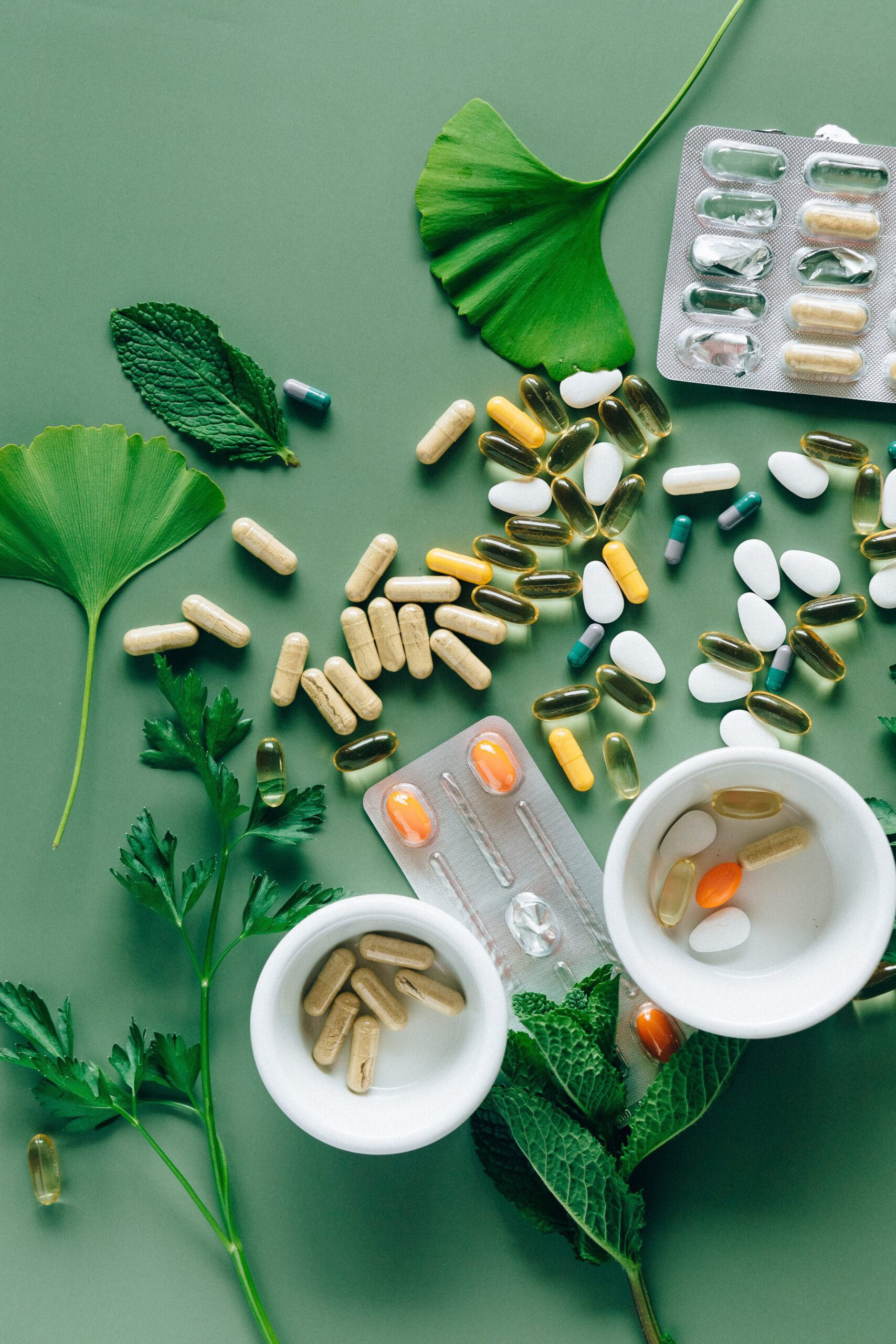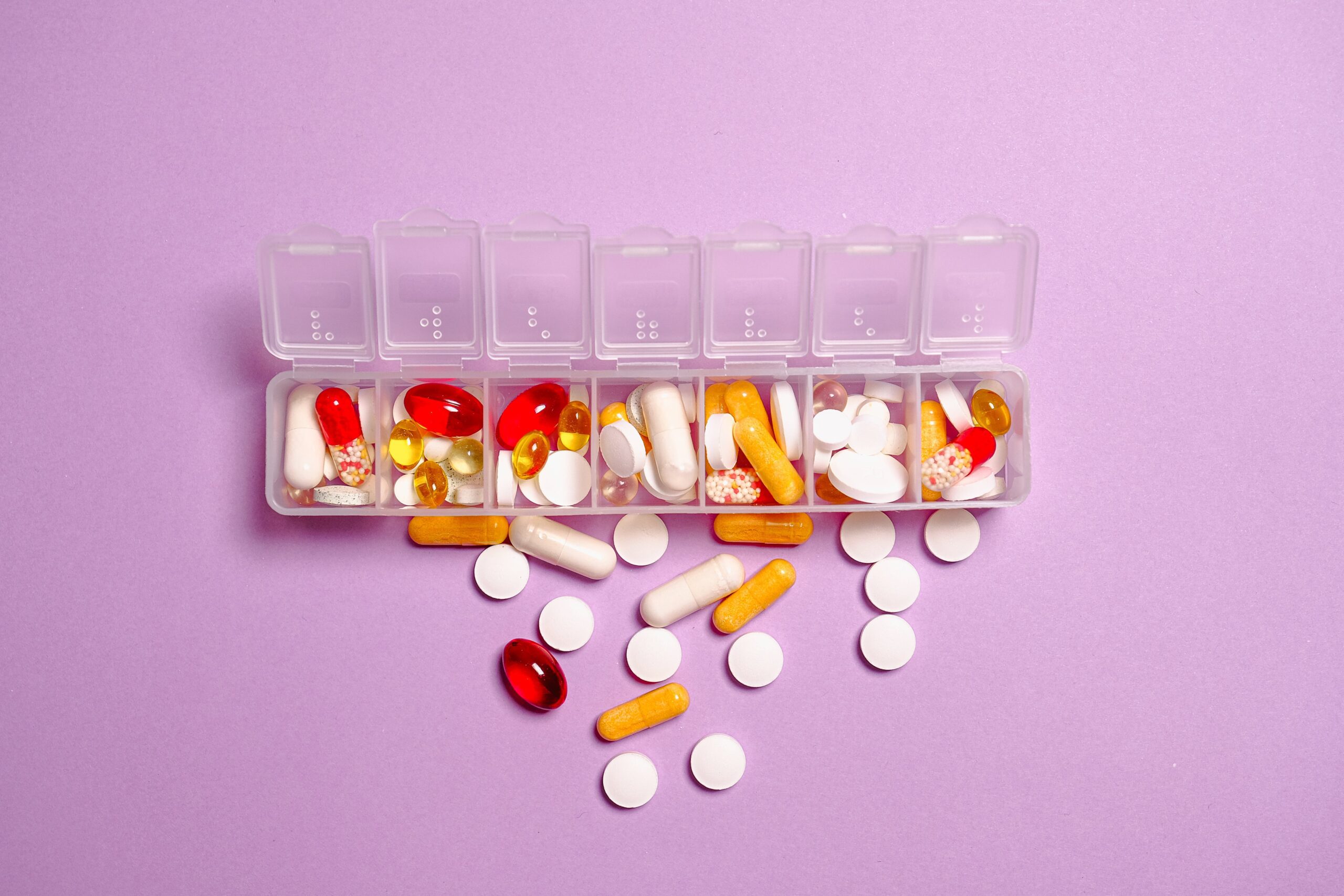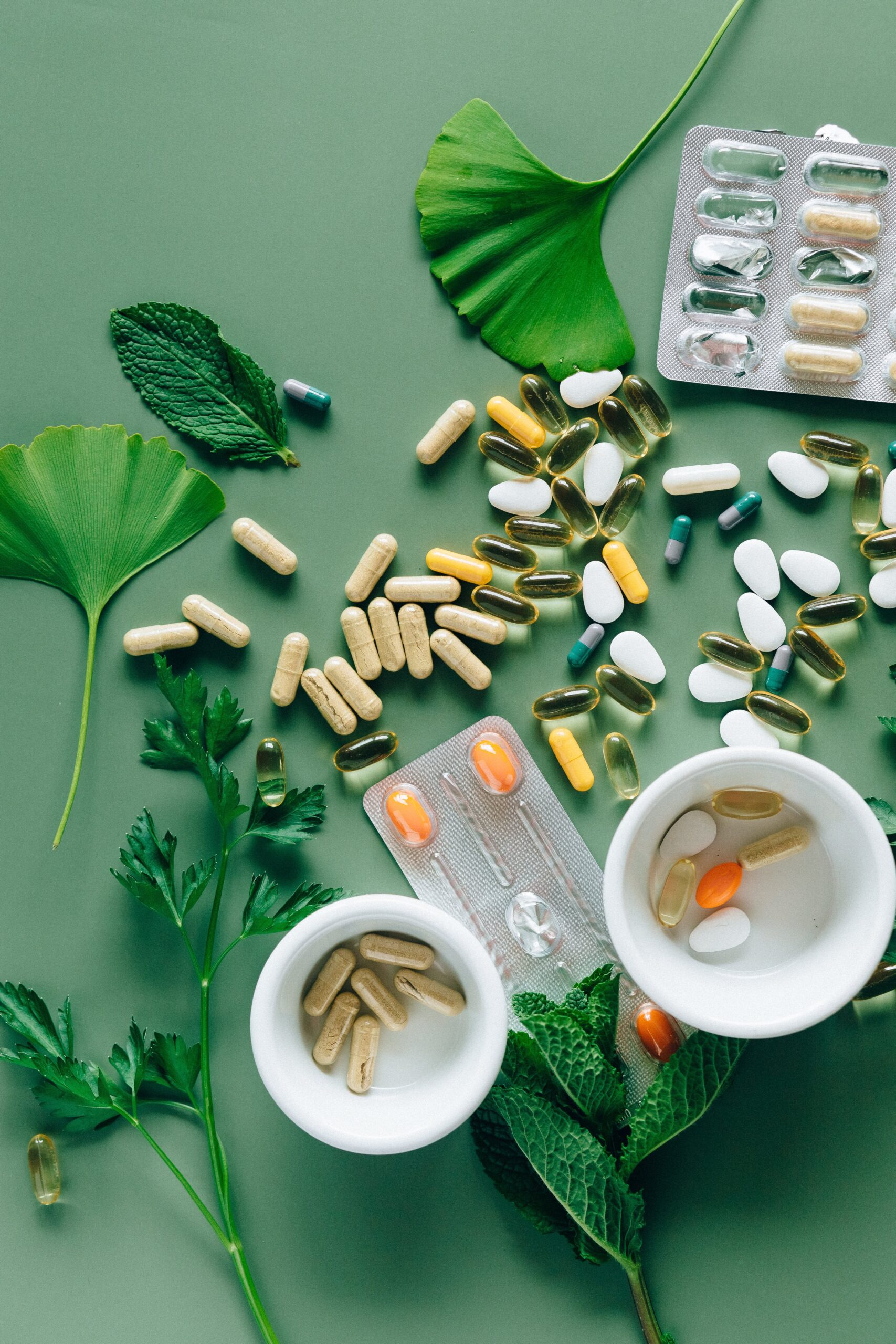Are you concerned about the increasing presence of pharmaceuticals and personal care products in your well water? You may be wondering how to eliminate this contamination and ensure the safety of your drinking water. In this article, we will explore effective methods and strategies that can help you address this issue and maintain the purity of your well water. By implementing the right measures, you can take control of your water quality and enjoy peace of mind knowing that it is free from harmful substances.
Understanding the Problem
Sources of well water contamination
Understanding the sources of well water contamination is crucial in addressing the issue effectively. Contaminants can enter well water through various pathways, such as industrial waste disposal, agricultural runoff, and improper sewage disposal. In the case of pharmaceuticals and personal care products (PPCPs), these contaminants can enter the groundwater system when flushed down toilets or discarded in sinks or drains.
Risks of pharmaceuticals and personal care products in well water
Pharmaceuticals and personal care products in well water pose potential risks to human health and the environment. These substances can consist of active pharmaceutical ingredients, hormones, antibiotics, and other chemicals found in medications and personal care items. When consumed or exposed to over an extended period, these substances may have adverse health effects and can potentially contaminate lakes, rivers, and other water bodies.
Commonly detected contaminants
Among the commonly detected contaminants in well water are antibiotics, painkillers, antidepressants, and synthetic hormones. Additionally, personal care products and their by-products, such as fragrances and antimicrobial agents, have also been found in well water. The presence of these substances emphasizes the need for effective measures to address well water contamination.
Assessing Well Water Quality
Conducting a water quality test
To assess well water quality, it is essential to conduct regular water quality tests. These tests can identify potential contaminants and provide information on their concentration levels. Professional testing services can help analyze samples for various harmful substances, including pharmaceuticals and personal care products. By understanding the composition of well water, you can take appropriate steps to ensure its safety and make informed decisions regarding treatment.
Identifying specific contaminants
Identifying specific contaminants in well water is crucial in determining the most suitable treatment methods. Water quality test results can help pinpoint the presence of pharmaceuticals and personal care products, allowing for targeted solutions. By understanding the types and concentrations of contaminants, you can select appropriate filtration and treatment systems to mitigate their presence.
Understanding permissible levels
Understanding permissible levels of contaminants in well water is essential for ensuring water safety. Regulatory bodies and health organizations provide guidelines for acceptable levels of various substances in drinking water. It is crucial to be aware of these permissible levels to determine if your well water meets the required standards. By adhering to these guidelines, you can take proactive steps to prevent well water contamination.

Prevention Measures
Proper disposal of pharmaceuticals and personal care products
One of the most effective prevention measures is the proper disposal of pharmaceuticals and personal care products. Instead of flushing them down the toilet or sink, it is recommended to dispose of these substances in designated collection centers or through drug take-back programs. By ensuring responsible disposal, you can prevent the entry of PPCPs into the groundwater system and reduce the risk of well water contamination.
Avoiding excessive use
Another important prevention measure is the avoidance of excessive use of pharmaceuticals and personal care products. By using these substances in moderation, you can minimize the potential for unnecessary contamination. Additionally, considering alternative products or natural remedies when possible can further reduce the overall presence of PPCPs in the environment.
Water conservation strategies
Implementing water conservation strategies in your daily activities can also help prevent well water contamination. By reducing water usage and optimizing efficiency, you can minimize the amount of water entering the sewage system, thus reducing the potential for PPCP contamination. Simple actions such as fixing leaks, using water-efficient appliances, and practicing mindful water consumption can make a significant difference in preserving water quality.
Filtration and Treatment Systems
Activated carbon filters
Activating carbon filters are a common method used for removing pharmaceuticals and personal care products from well water. These filters utilize activated carbon to adsorb and remove contaminants that pass through the water. Activated carbon can effectively trap substances such as antibiotics and hormones, improving the overall quality of well water. Regular maintenance and replacement of the filters are necessary to ensure optimal performance.
Reverse osmosis systems
Reverse osmosis systems are an advanced filtration method suitable for removing a wide range of contaminants, including pharmaceuticals and personal care products. This system utilizes a semipermeable membrane to remove particles, ions, and molecules from the water. Reverse osmosis is highly effective in capturing PPCPs, ensuring purified and safe well water for consumption. However, it’s important to note that this system may produce a significant amount of wastewater, requiring proper management.
Ultraviolet (UV) disinfection
UV disinfection is a treatment method that utilizes ultraviolet light to kill microorganisms and disinfect well water. This process can effectively neutralize bacteria, viruses, and certain pharmaceuticals. By subjecting well water to UV light, the harmful effects of PPCPs can be minimized. UV disinfection is considered an environmentally friendly approach as it does not introduce additional chemicals into the water.

Chemical Treatments
Chlorination
Chlorination is a widely used method for treating well water and disinfecting it from various contaminants, including pharmaceuticals and personal care products. Chlorine is added to the water to kill pathogens and remove certain organic compounds. However, it’s important to carefully monitor chlorine levels to avoid exceeding the permissible limits and to prevent the formation of harmful disinfection by-products.
Ozonation
Ozonation is a treatment process that utilizes ozone gas to remove micropollutants, including pharmaceuticals and personal care products, from well water. Ozone reacts with the contaminants, breaking them down into harmless by-products. This method effectively reduces the presence of PPCPs and provides an additional layer of disinfection. Close monitoring and proper control of ozone levels are essential to ensure the desired treatment outcomes.
Advanced oxidation processes
Advanced oxidation processes encompass various treatment techniques that utilize strong oxidizing agents to eliminate contaminants in well water, including pharmaceuticals and personal care products. These processes involve the use of highly reactive compounds such as hydrogen peroxide, ozone, or ultraviolet light to degrade harmful substances. Advanced oxidation processes can effectively target and remove PPCPs, ensuring the safety of well water.
Biological Approaches
Bioremediation techniques
Bioremediation techniques involve using microorganisms or plants to degrade or remove contaminants from well water. These natural processes can break down pharmaceuticals and personal care products into harmless by-products, reducing their presence in well water. Techniques such as bioaugmentation, where specific microorganisms are introduced to enhance degradation, can be employed to enhance the effectiveness of bioremediation.
Constructed wetlands
Constructed wetlands are engineered ecosystems designed to naturally treat contaminated water, including well water contaminated with pharmaceuticals and personal care products. These wetlands contain a variety of plants and microorganisms that work together to remove pollutants through natural processes. As well water flows through the wetland system, contaminants are absorbed, degraded, and transformed by various wetland components, resulting in cleaner water.
Biofilm reactors
Biofilm reactors are systems that promote the growth of beneficial microorganisms on surfaces to treat contaminated well water. These reactors provide an ideal environment for microorganisms to thrive and degrade PPCPs. The biofilm acts as a filtration medium, removing pharmaceuticals and personal care products from the water as it passes through the system. Regular monitoring and maintenance are necessary to ensure the effectiveness of biofilm reactors.

Optimizing Well Maintenance
Wells inspection and maintenance
Regular inspection and maintenance of wells are crucial in ensuring water quality. Periodic inspections can help identify potential sources of contamination, such as cracks or improper seals. Addressing these issues promptly can prevent the entry of contaminants into the well water. Proper well maintenance, including regular cleaning and disinfection, can also help maintain water quality and minimize the risk of contamination.
Sealing potential pathways of contamination
Identifying and sealing potential pathways of contamination is vital in safeguarding well water quality. Ensuring that wells are properly sealed and protected from surface water runoff or infiltration can prevent the entry of contaminants, including pharmaceuticals and personal care products. Adequate construction and sealing techniques can significantly reduce the risk of contamination.
Proper well construction
Proper well construction is essential in maintaining water quality and preventing contamination. Following industry best practices during well construction, including selecting suitable locations, proper casing and liner installation, and accurate depth settings, can reduce the risk of well water contamination. Additionally, regular well testing during construction and ongoing monitoring can help identify any potential issues and facilitate timely intervention.
Community Collaboration
Sharing information and resources
Collaboration and sharing information within the community play a vital role in addressing well water contamination. By sharing knowledge, experiences, and resources, community members can collectively work towards solutions. Platforms such as community websites, forums, or social media groups can facilitate the exchange of information, enabling individuals to learn from each other’s experiences and stay informed about emerging developments.
Group water testing initiatives
Group water testing initiatives can be organized within the community to collectively assess well water quality. By pooling resources and conducting comprehensive water testing, community members can gain a better understanding of the overall water quality in the area. This information can help identify specific contamination sources and guide collective efforts towards implementing effective treatment or prevention measures.
Advocacy for regulatory measures
Engaging in advocacy for regulatory measures is essential to address well water contamination at a broader level. Community members can collaborate to raise awareness, express concerns, and push for stricter regulations or guidelines concerning PPCP contamination in well water. By advocating for change, communities can influence policy-makers and promote the development and enforcement of measures aimed at safeguarding well water quality.

Education and Awareness
Public outreach campaigns
Public outreach campaigns can play a crucial role in educating individuals and raising awareness about well water contamination. These campaigns can include public service announcements, educational workshops, and social media campaigns aimed at disseminating information about the risks of PPCP contamination and preventive measures. By reaching out to a broader audience, such initiatives can empower individuals to take proactive steps in ensuring water safety.
Well water quality workshops
Well water quality workshops can provide individuals with valuable knowledge and practical skills to assess and address contamination concerns. These workshops can cover topics such as water testing, understanding water quality results, choosing appropriate treatment methods, and preventative measures. By equipping individuals with the right information, they can make informed decisions regarding the safety of their well water.
Informative materials for households
Providing informative materials for households can help individuals understand and address well water contamination. Brochures, pamphlets, or online resources can provide guidance on proper well maintenance, prevention strategies, and treatment options. These materials can serve as valuable references for individuals to refer to when faced with well water quality challenges.
Policy and Regulation
Developing comprehensive water quality standards
Developing and enforcing comprehensive water quality standards is crucial in addressing well water contamination. Regulatory bodies and policy-makers should establish clear guidelines and permissible levels for the presence of pharmaceuticals and personal care products in drinking water. These standards should be regularly reviewed and updated based on evolving scientific knowledge to protect public health and safeguard water resources.
Monitoring and enforcement
Effective monitoring and enforcement of water quality standards are essential to ensure compliance and prevent well water contamination. Establishing robust monitoring programs, which include regular water testing and evaluation, can identify areas of concern and enable prompt action. Adequate enforcement mechanisms should be in place to address non-compliance and mitigate the risks associated with PPCP contamination.
Incentives for responsible disposal
Creating incentives for responsible disposal of pharmaceuticals and personal care products can help reduce the potential for well water contamination. Policy-makers and organizations can encourage individuals to dispose of these substances properly through programs that provide rewards, discounts, or other incentives. By promoting responsible disposal practices, the overall presence of PPCPs in the environment can be reduced, minimizing the risks to well water quality.
In conclusion, addressing well water contamination by pharmaceuticals and personal care products requires a comprehensive approach that includes understanding the sources of contamination, assessing water quality, implementing prevention measures, utilizing appropriate filtration and treatment systems, considering chemical and biological treatments, optimizing well maintenance, encouraging community collaboration, promoting education and awareness, and implementing effective policies and regulations. By combining these efforts, individuals, communities, and governing bodies can work together to ensure the safety and quality of well water for present and future generations.

